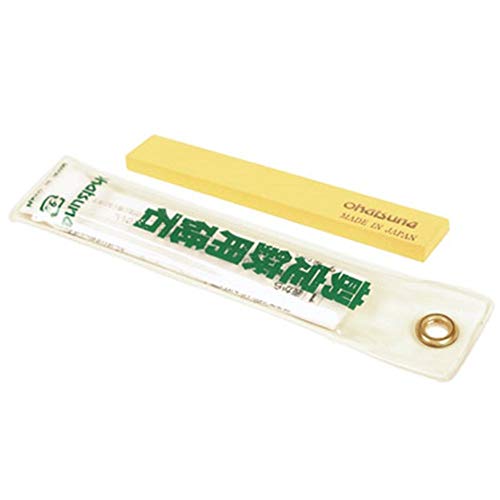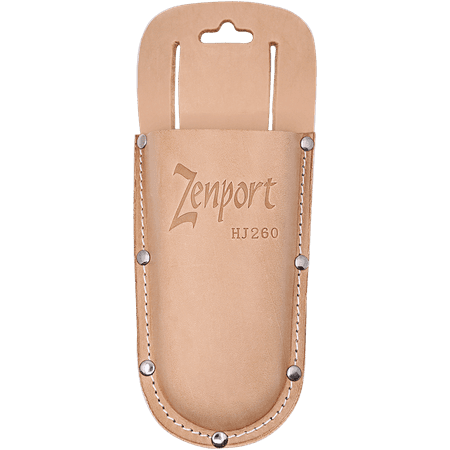You don’t need to ditch your old, blunt pruners – this $16 sharpening stone will transform them in seconds (and it’s what pro gardeners use)
From zinnia deadheading to rose trimming, blunt blades make pruning harder than it needs to be
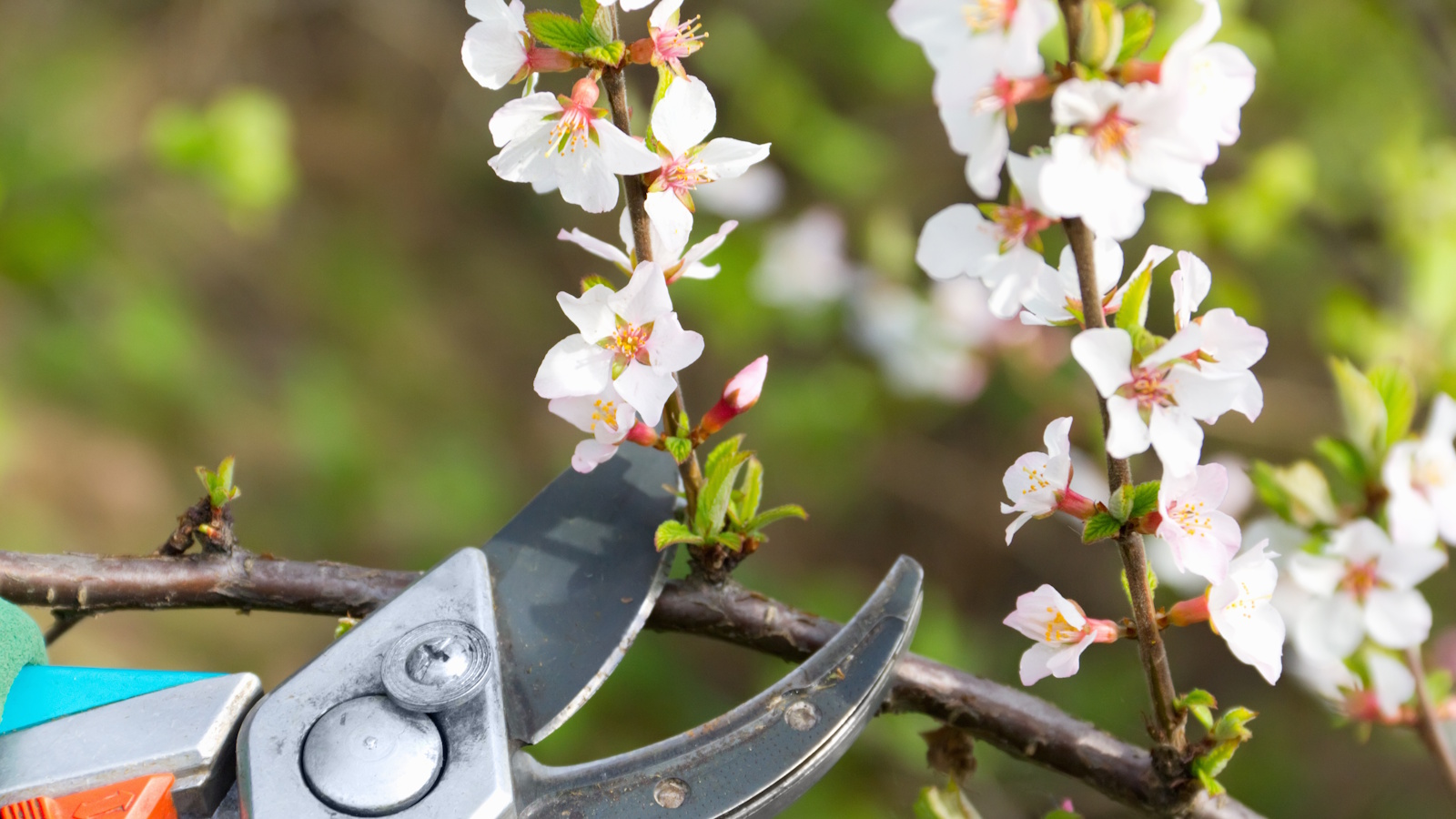

Over the years I’ve worked as a professional gardener, I have clocked up hundreds of hours pruning. From rambling rose pergolas that stretch on and on, to fragrant wisteria vines clinging to the side of a house.
And, if there’s one thing I’ve learned, it is that sharp tools make all the difference. Indeed, getting into the habit of cleaning and sharpening pruning shears every few weeks is transformative (plus, it is what all the pro gardeners do on a regular basis).
There are plenty of sharpening tools out there, but the Okatsune sharpening stone for pruners, available via Amazon, is one that stands out – and the reviews prove it. So, before you bin your old loppers or secateurs, why not give them a second chance... you might be surprised by the result.
What are people saying about the Okatsune sharpening stone?
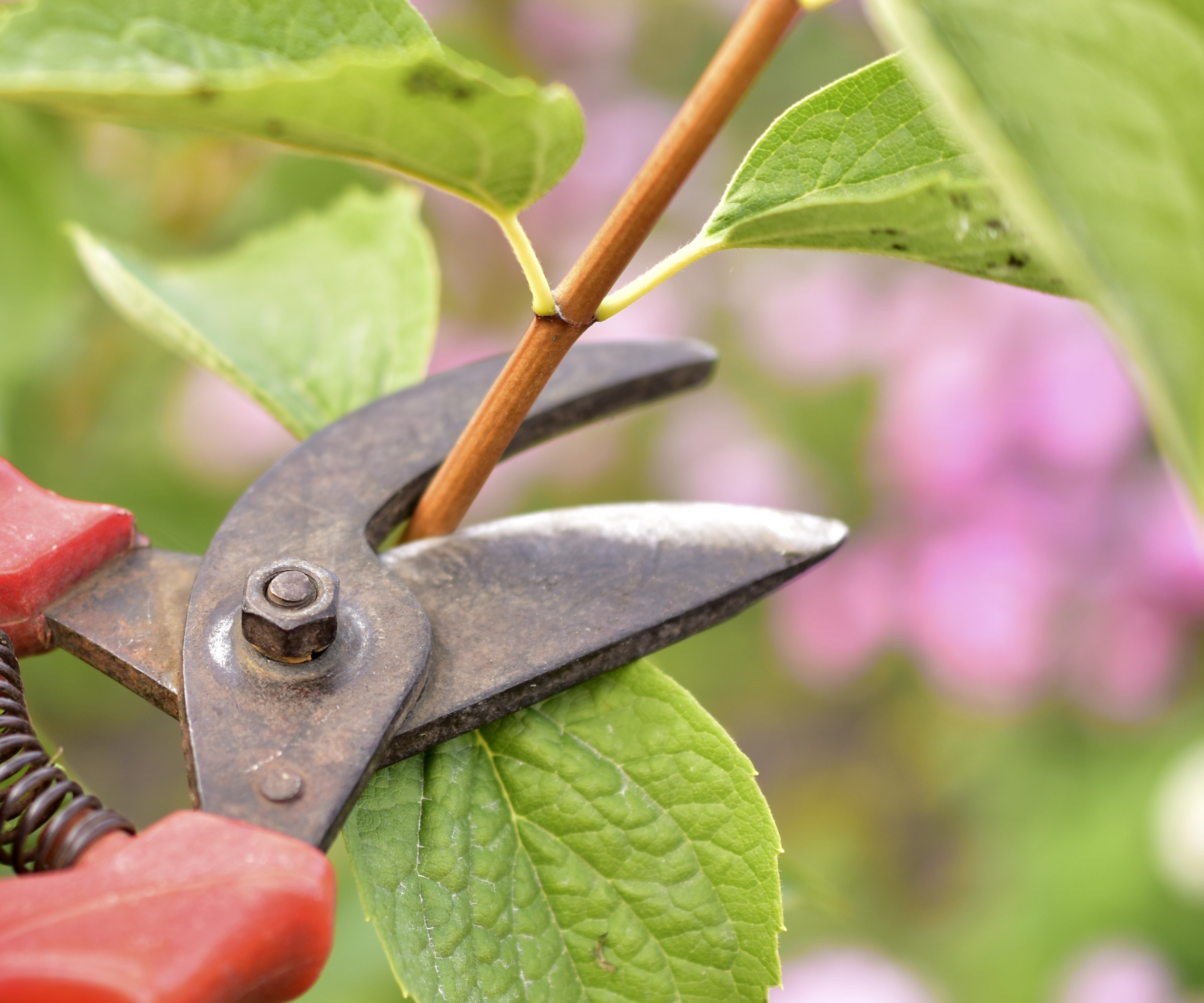
Many gardeners are impressed with the utility of this product. Several Amazon reviews highlight how effective this Okatsune sharpening stone is, working even on older, neglected essential pruning tools and rusty tools.
One five-star review in March 2025 stated that: 'The length makes it perfect for angular and corner usage.'
Another five-star review from July 2024 said: 'It's slender, so you can hold it in your hand and sharpen quickly; it feels moist and is easy to use even for beginners.'
Other reviews mention not only how simple this essential gardening tool is, but also how it can be used for a range of pruners, including loppers, shears, secateurs and scissors.
However, one three-star review, recorded in May 2025, commented that while it is effective, 'this whetstone is quite soft, so it wears out quickly.'
Some other reviews agreed, mentioning the softness of the stone, with indentations and marking visible, wondering how long it will last for.
So, while the reviews are overwhelmingly positive, it is important to consider that this sharpening stone might not last forever, suffering from wear and tear, gradually losing effectiveness as you sharpen your tools.
Shop pruning accessories
How to use a sharpening stone
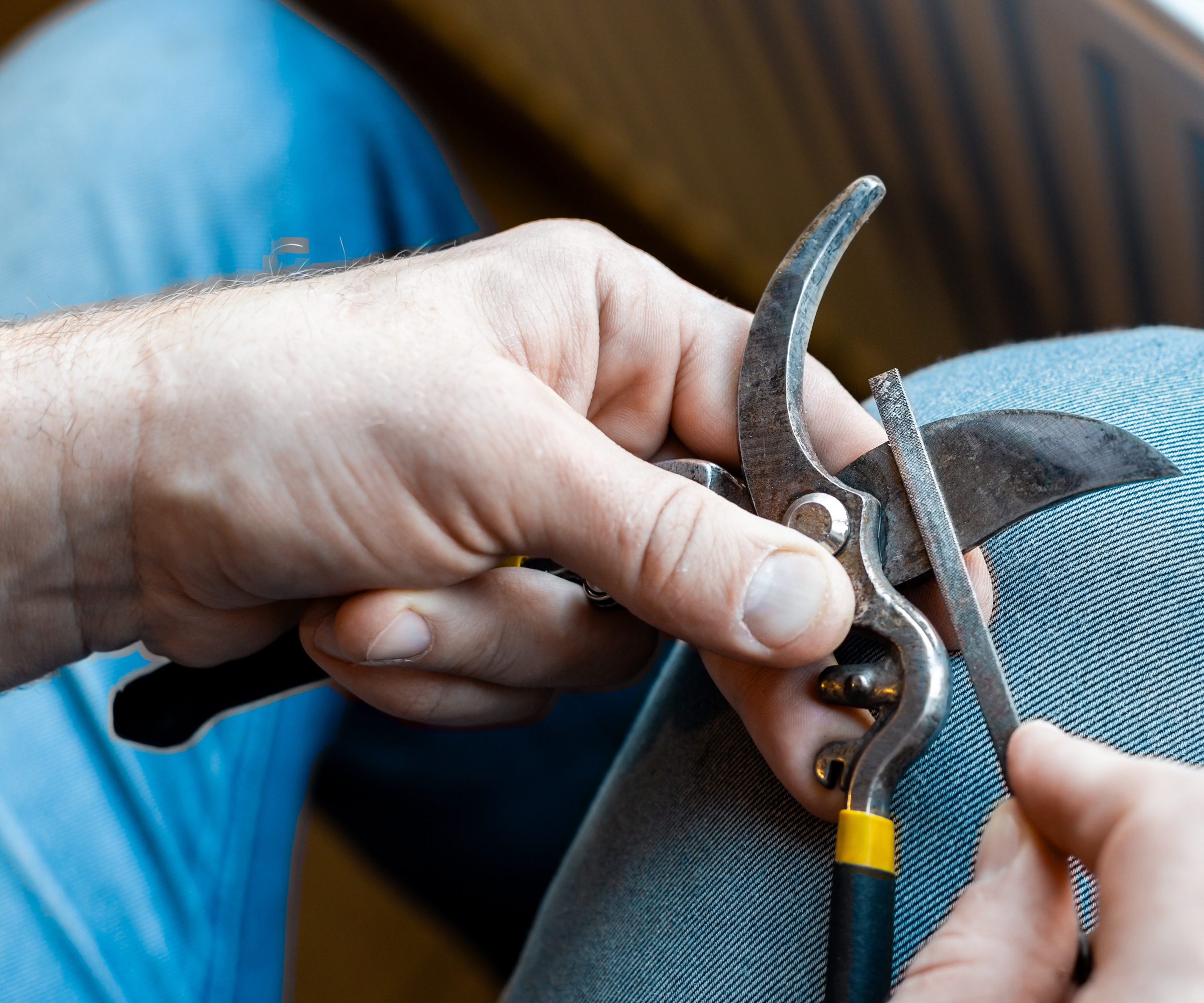
Using a sharpening stone is incredibly easy. To begin, it is crucial to learn how to clean pruning shears and secateurs, using soapy warm water. Then, dry thoroughly, using an old rag from the garden shed.
Holding the pruners steady, run the stone along the bevelled edge of the blade.
I always suggest following the curve and the angle of the blade, in a swooping motion, using smooth, even strokes, working from base to tip.
Depending on the state of your blades, five or so passes might do it. Although if you blades are in a poor quality, you might need to keep going for a minute or so.
Then, when you are happy, flip and lightly buff the flat side to remove any uneven bits or burrs.
A word of caution. Do not touch the sharpened blade. It will be incredible sharp, and can cause harm even with a light touch.
Finally, wipe clean with a damp rag. Then, I tend to dab a small amount of camellia oil, available from Amazon, lightly over the blades, to lubricate and protect steel blades from rusting.
So, whether you are pruning ninebark or pruning red twig dogwoods, or anything else for that matter, taking the time to sharpen your tools can really make this a far easier (and more enjoyable) experience.
For more garden maintenance information, see our guide on how to prevent pruning shears from rusting, and keep your tools in tip-top shape this year.
Design expertise in your inbox – from inspiring decorating ideas and beautiful celebrity homes to practical gardening advice and shopping round-ups.

Thomas is a Content Editor within the Gardens Team at Homes and Gardens. He has worked as a professional gardener for both public spaces and private estates, specializing in productive gardening, growing food and flowers. Trained in Horticulture at the Garden Museum, he has written on gardening and garden history for various publications, including The English Garden, Gardens Illustrated, Hortus, The London Gardener and Bloom. He has co-authored a Lonely Planet travel book, The Tree Atlas, due out in 2024.
You must confirm your public display name before commenting
Please logout and then login again, you will then be prompted to enter your display name.
